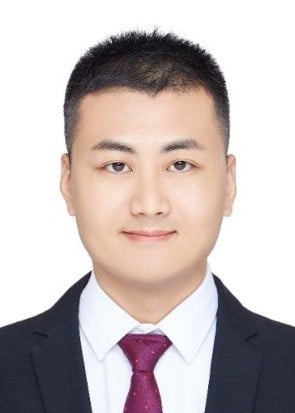Big Model Techniques for Image Processing
A special issue of Electronics (ISSN 2079-9292). This special issue belongs to the section "Electronic Multimedia".
Deadline for manuscript submissions: 15 October 2024 | Viewed by 8495
Special Issue Editors
Interests: deep learning; image restoration; video restoration; computer vision
Special Issues, Collections and Topics in MDPI journals
Interests: visual information processing; multimedia content analysis and retrieval
Special Issues, Collections and Topics in MDPI journals
Interests: intelligent decision and control of UAVs; deep reinforcement learning; uncertain information processing; image processing
Special Issues, Collections and Topics in MDPI journals
Special Issue Information
Dear Colleagues,
In recent years, there has been a growing interest in leveraging large-scale models to address various challenges in image processing and analysis. The proliferation of digital images and the advent of the Internet of Things (IoT) have significantly increased the demand for efficient and accurate image processing techniques. However, traditional image processing methods often face limitations in handling complex data distributions, large-scale datasets, and high-dimensional feature representations. Big model techniques, on the other hand, harness the potential of large-scale neural networks, leveraging their ability to automatically learn and extract intricate patterns and features from images.
The rise of deep learning and the availability of vast amounts of data have paved the way for significant advancements in this field. By harnessing the power of big models, we can potentially achieve breakthroughs in image-related tasks such as image recognition, segmentation, generation, and enhancement.
Topics of interest include, but are not limited to, the following:
- Machine learning and deep learning;
- Big model;
- Image processing;
- Image generation;
- Object detection.
Dr. Chunwei Tian
Dr. Xian Zhong
Dr. Bo Li
Dr. Qing Gao
Guest Editors
Manuscript Submission Information
Manuscripts should be submitted online at www.mdpi.com by registering and logging in to this website. Once you are registered, click here to go to the submission form. Manuscripts can be submitted until the deadline. All submissions that pass pre-check are peer-reviewed. Accepted papers will be published continuously in the journal (as soon as accepted) and will be listed together on the special issue website. Research articles, review articles as well as short communications are invited. For planned papers, a title and short abstract (about 100 words) can be sent to the Editorial Office for announcement on this website.
Submitted manuscripts should not have been published previously, nor be under consideration for publication elsewhere (except conference proceedings papers). All manuscripts are thoroughly refereed through a single-blind peer-review process. A guide for authors and other relevant information for submission of manuscripts is available on the Instructions for Authors page. Electronics is an international peer-reviewed open access semimonthly journal published by MDPI.
Please visit the Instructions for Authors page before submitting a manuscript. The Article Processing Charge (APC) for publication in this open access journal is 2400 CHF (Swiss Francs). Submitted papers should be well formatted and use good English. Authors may use MDPI's English editing service prior to publication or during author revisions.
Keywords
- speech denoising
- speech recognition
- CNN
- computer vision
- pattern recognition
- deep learning
- signal processing








